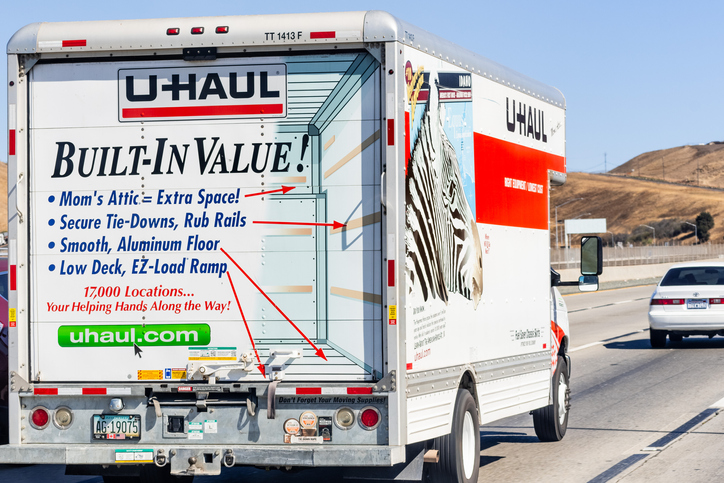Related Articles
Last week representatives of the business community received a copy of the Department of Labor & Industries’ (L&I) snapshot comparison of workers’ compensation benefits and employer costs in Washington and five other aerospace states. The L&I chart was presented in a legislative task force meeting on Boeing’s 777x.
A quick glance at L&I’s chart shows Washington State with the highest workers’ compensation benefits and the third highest workers’ compensation costs for employers, falling in the middle of the pack of California, South Carolina, Kansas, Utah and Texas. What a quick glance might not show is the tiny asterisk at the bottom of the chart, in small print noting that the workers’ compensation costs shown for Washington reflect only the costs required to be paid by employers and do not include the portion that may be charged to workers.
Washington employers have the option of charging their employees a share of workers’ compensation paid to L&I. The premiums paid by employers fund the Accident Account and the Medical Aid account. The Accident Account pays non-medical claim costs, such as wage replacement, while the Medical Aid Account pays for medical care and related services. Employers may charge their workers for half of the Medical Aid premiums through a payroll deduction. This means workers could pay 25% of workers’ compensation premiums.

There are a couple of points to note about L&I’s misleading chart. First, a chart showing only the cost that must be legally borne by employers, and omitting the potential 25% paid by workers, obfuscates the real costs of our state’s workers’ comp system. In the chart L&I makes it appear as though the costs of Washington’s workers’ compensation system are in line with other aerospace states, but purposely excluding the 25% that employees may contribute significantly understates the total workers’ compensation costs in our state.
Second, it ignores the fact that many employers voluntarily opt to pay their employees’ share of workers’ compensation costs, either out of generosity or because it is easier than figuring out how much to deduct from each worker’s pay check. L&I makes it sound as though all workers are billed, and all workers pay, 25% of the total premium. The reality is many workers pay nothing because their employers pick up the full tab. So the costs actually paid by employers are much higher than represented by L&I, even if employers are not legally required to pay that full cost.
Third, it is telling that even with understating the true cost of the system by omitting the worker paid portion of workers’ compensation costs, Washington still ranks as having the 3rd highest employer costs out of the six states. So three of the states with which Washington must compete for aerospace business can offer much lower workers’ compensation costs for employers, with no cost for workers, and other significantly lower costs of doing business.
Finally, when the 25% that may be charged to workers is added to the employer-only cost, the total cost of Washington’s workers’ compensation system far exceeds that of any of the other aerospace states compared. There is no semantic sleight of hand difference between total costs and “employer” costs in those states, because none of those states allow employees to be charged a portion of workers’ compensation premiums—the “employer” costs shown in L&I’s chart are a true representation of those states’ total workers’ compensation costs. This means that when considering overall workers’ compensation costs, Washington is at a competitive disadvantage with every one of the states in L&I’s aerospace chart.
The total cost of our state-run workers’ compensation system is higher than those other states in order to support the nation's high benefits that are touted by L&I. It is economically impossible and unsustainable to have a low-cost, high benefit system, and L&I’s ploy to understate the real cost of our system highlights this reality.




